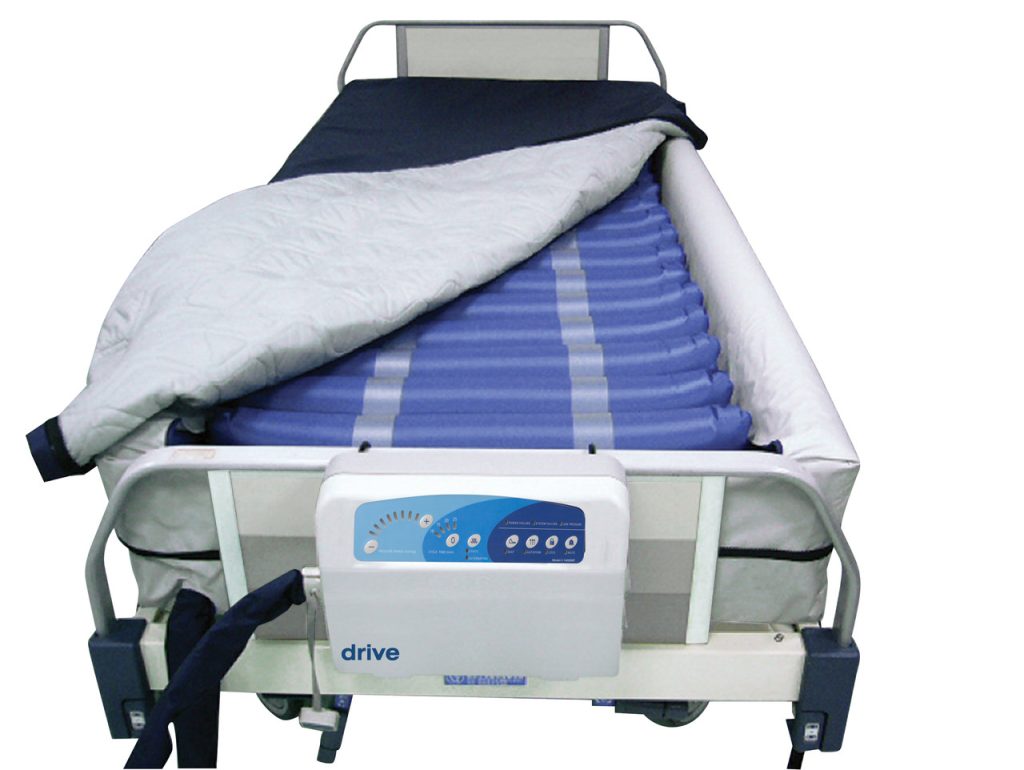
Pressure relief and pressure redistribution are important concepts in preventing and managing pressure injuries (also known as bedsores or pressure sores). These terms refer to different strategies and techniques used to alleviate and prevent excessive pressure on a person’s skin and underlying tissues, which can lead to tissue damage and the alterations in skin integrity. Here’s an explanation of each concept:
Pressure Relief: Pressure relief involves actively relieving or reducing the pressure on specific areas of the body that are at risk of developing pressure ulcers. This is typically achieved by changing the individual’s position or providing support to vulnerable areas. Specific pressure relief techniques include:
- Repositioning: Changing the person’s position regularly, such as turning them from side to side or shifting their weight from one area to another, to relieve pressure on specific body parts.
- Offloading: Using specialized cushions, pads, or mattresses to reduce pressure on areas like the heels, sacrum (lower back), and hips when a person is lying or sitting for extended periods.
- Floating Heels: Elevating the heels slightly to prevent pressure and shear forces that can lead to heel ulcers.
Pressure Redistribution: Pressure redistribution, on the other hand, is a broader concept that encompasses strategies and equipment designed to distribute pressure more evenly across the body’s surface, thereby reducing the risk of pressure ulcers. This approach focuses on creating a supportive and evenly distributed surface that minimizes localized pressure points. Pressure redistribution methods and equipment include:
- Special Mattresses: Some mattresses are designed with specialized materials (e.g., foam, gel, air cells) that conform to the body’s contours, reducing pressure on vulnerable areas and evenly distributing weight.
- Cushions: Pressure-reducing cushions are used in wheelchairs or regular seating to provide additional support and minimize pressure on the buttocks and lower back.
- Air-Fluidized Beds: These high-tech beds use a fluid-like medium (usually silicone beads) to distribute pressure evenly and reduce the risk of pressure ulcers.
In summary, pressure relief focuses on actively relieving pressure on specific body areas at risk of developing pressure ulcers through repositioning and offloading techniques, while pressure redistribution involves using specialized equipment and surfaces to evenly distribute pressure across the body’s surface, reducing the overall risk of pressure ulcers. Both strategies are essential components of pressure ulcer prevention and management in healthcare settings
* * * * * * * * * * * * * * *
Related Posts:
Pressure Injuries and the Human Warranty
Medical Device Related Pressure Injury to the Ear due to Mask
New Opportunities To Improve Pressure Ulcer Prevention And Treatment
Pressure Ulcer Prevention Lacking in High Risk Patients
Pressure Ulcer Prevention for Patients in Wheelchairs
